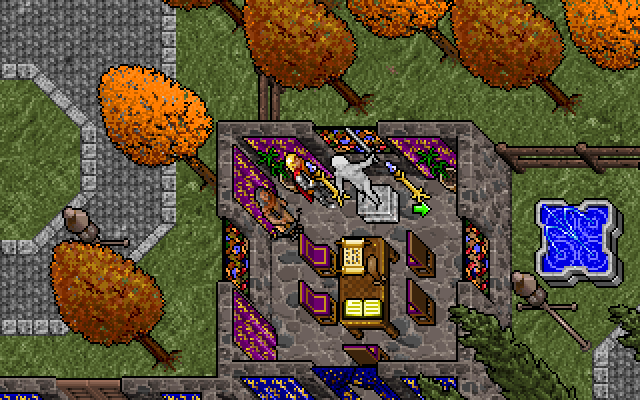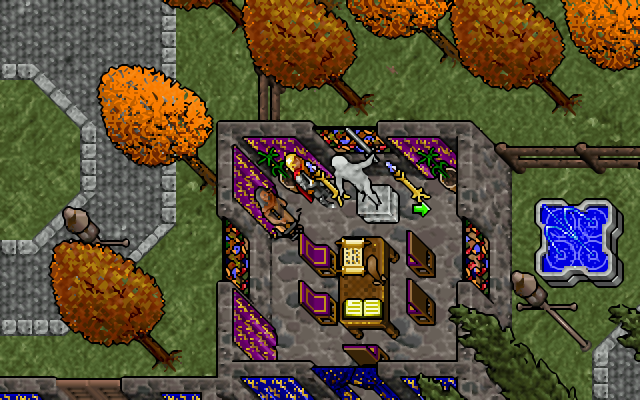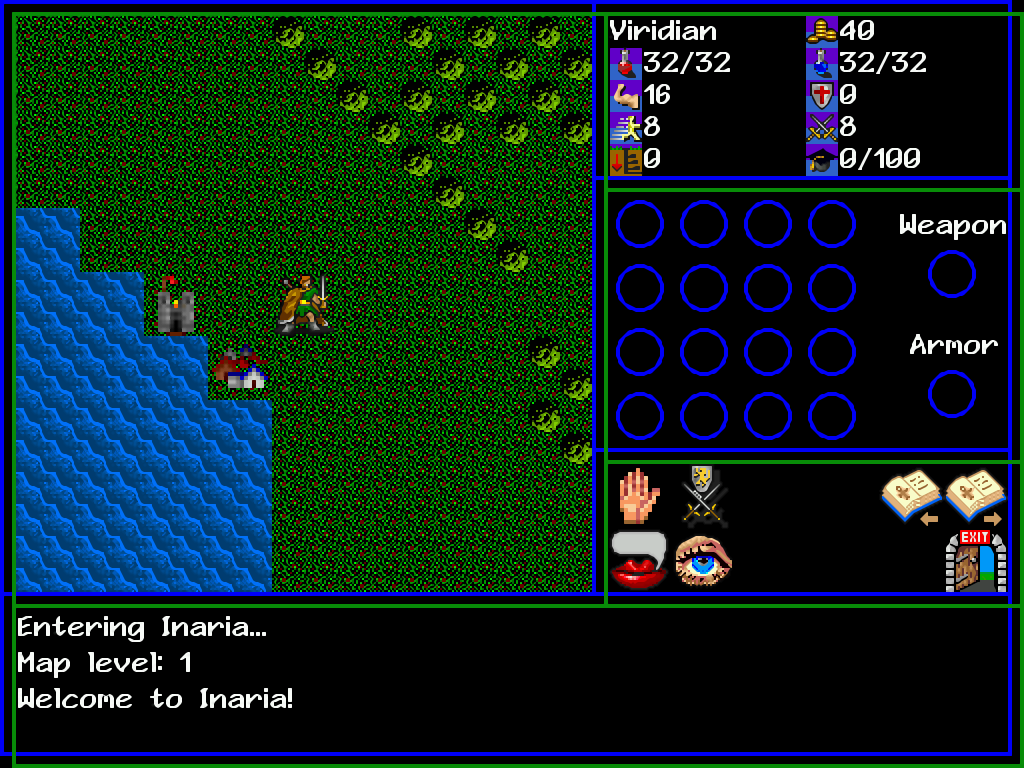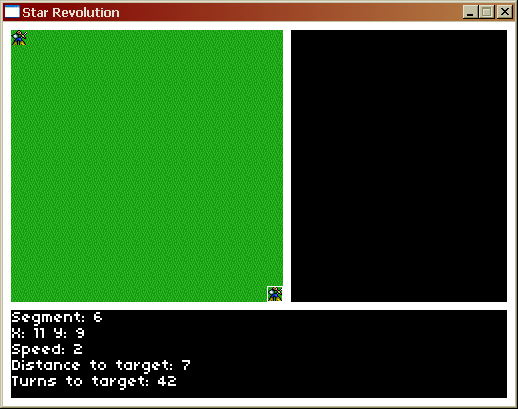This is the best podcast I’ve heard in a while. It’s basically Cliff Harris talking about his work in the game development business and how he went indie.
As I listened to the podcast I took some notes, which I am posting below. These are kind of stream-of-consciousness and may not make much sense unless you listen to the podcast (which you should!) I’m basically just posting them because…well, I wrote them and I don’t want to lose them.
Yes, we got the ZX-81 here in the States; it was sold as the Timex Sinclair 1000.
Yes, we had Astrosmash here in the States! It was created here, for crying out loud, for the Intellivision!
Interesting that Cliffski calls Asteroids “the default game” that most people write first…I remember reading an article from Andre Lamothe where he says that whenever he has to learn a new game development API the first thing he does is write Asteroids in it.
I firmly believe that all the best game developers are completely self-taught. I believe this because it means that one day, I might be one of the best game developers!
Evil Genius came so, so close. It was almost a great game, it just lacked…something.
“Take the mickey out”? Good grief, you Brits and your language constructions…
Ah, the parallels continue…I was terrified on my first day at Multimedia Games (my first real programming job). Heck, that lasted for the first few months. If it hadn’t been for my friend Brendan Segraves I would never have made it. I remember when I sent my first game to test, Brendan said “Congratulations! You’re a game programmer now.” That was really nice of him and I’ll never forget it.
And this is why finishing stuff looks so damn good on the resume. You can have a PhD in applied artificial intelligence, but that does not mean you know how to make a complete game. The only thing that proves that you know how to make a complete game is having made a complete game yourself. Cliffksi was probably a more competent overall game developer than any of those guys with their fancy college learnin’, and here he actually felt unworthy to work with them! (See “the best game developers are self-taught”, above.)
“I learned what the hell source control was and I learned what the hell a debugger was” == me collapsed in paroxysms of laughter. I didn’t learn what a debugger was until my first job either.
At Gizmondo, we played poker, darts, foosball, Heroclix and Magic as well as computer games. Cliffski’s right…the environment and attitude at a proper game company is just awesome. It’s almost like belonging to a club instead of working at a company.
Yep, failure hurts. But it makes you savvy, and it’s hard to become savvy without failure, so the best thing is to simply consider it part of the process.
Well, Star Revolution looks like it’s going to turn into a fantasy combat game, so I know all about games not turning out the way you plan at the start 🙂
The Dexterity forums! I miss them; yes, IndieGamer forums are the proper successor, but the tone seems different there…
“The whole of game development is full of code hackers who do everything their way” – true. This is a natural side effect of “the best game developers are self-taught”, and Cliffski’s right – you need to read Code Complete and Effective C++ and take what they say to heart, even though it will probably be completely different from how you taught yourself to program.
Cliffski’s dancing around what he really wants to say about Lionhead…it’s unfortunate to have a story to tell and not be able to tell it.
“Terribly badly paid”? What fool wouldn’t pay his game developers properly?
Ah. I guess Peter likes to have lots of low-paid, low-skill developers instead of a small team of highly-paid, highly-skilled experts. That’s…well, completely wrong.
Wow, the parallels between Lionhead and Origin are scary…both companies had initial success, grew too fast, got overextended and then had to be bought out (Origin by EA, Lionhead by Microsoft). All that is left to the Lionhead story is the inevitable dissolution of the company.
Recruited by Maxis. Wow. And it turns out they picked him because of one of his very early games, Starlines…which has been my experience as well. You honestly never know which thing you’ve done is going to get your next job 🙂
He’s definitely got his wheel spun up, which is fantastic. He’s making the games he wants to make, he’s already got companies courting him, so if he starts having trouble making ends meet as an indie he’ll have no trouble finding another industry job…perhaps with a company that isn’t going to fold next year.
“You have to be shameless and creative about promoting your game.” Absolutely true, and it’s why I’ll probably never be humongous because…well, I just don’t feel that my games are worthy of such self-promotion 🙂 This is something Dan “Gibbage” Marshall also obviously understands.
Ah, Guildford…birthplace of Bullfrog. God, I miss Bullfrog. We were supposed to get a third Dungeon Keeper. And a third Syndicate.
Yep, design is hard when you don’t have an existing design to copy. That’s why there are so few truly new game designs.
1. You must learn proper software development and stop hacking everything.
2. You must become a good self-promoter. You must be willing to spend as much time on supporting and marketing your current games as you do making new stuff.
Well, starting a company is a HELL of a lot easier in the US than the UK…




